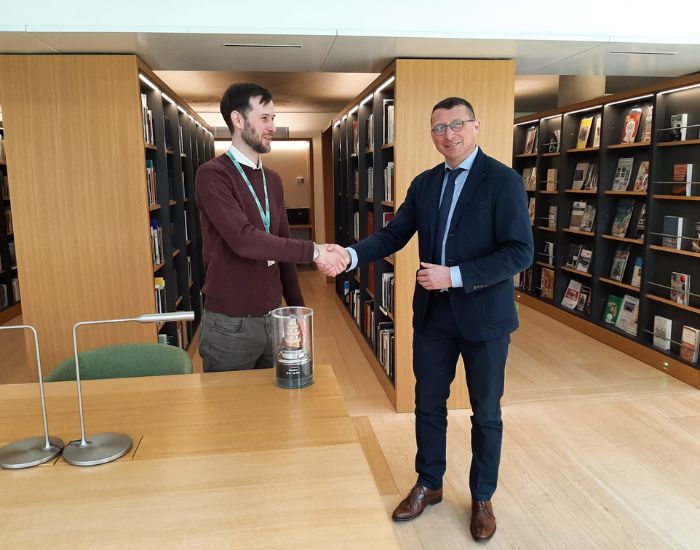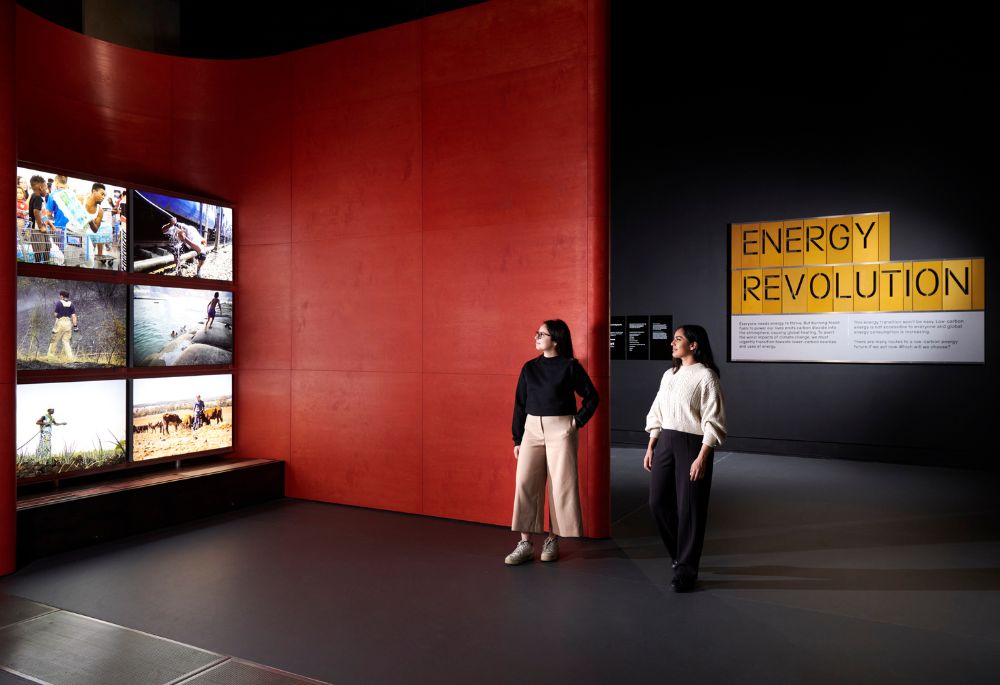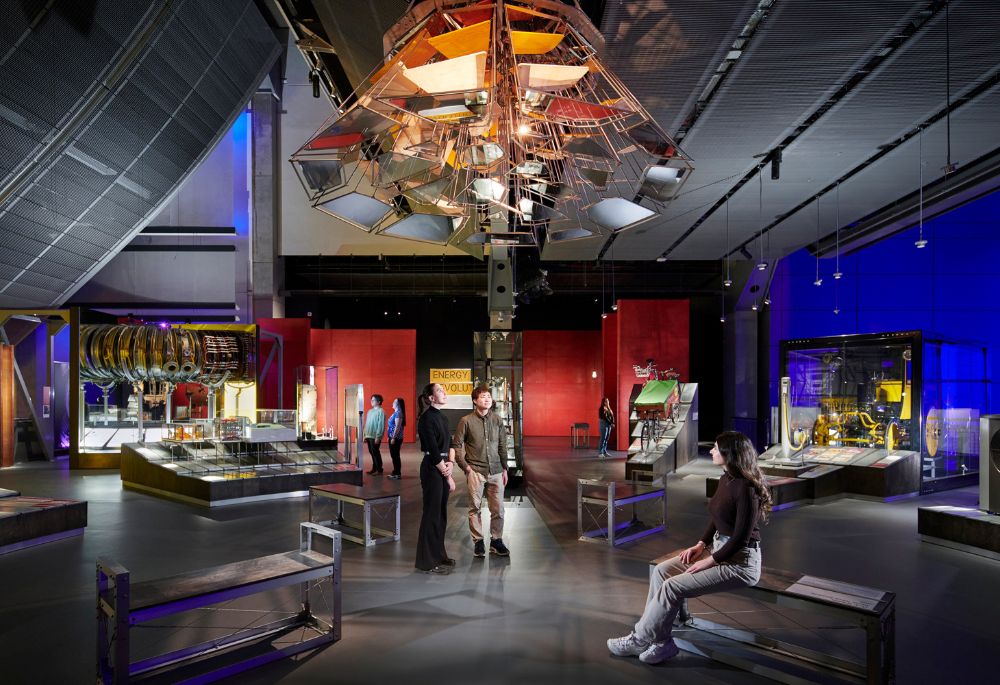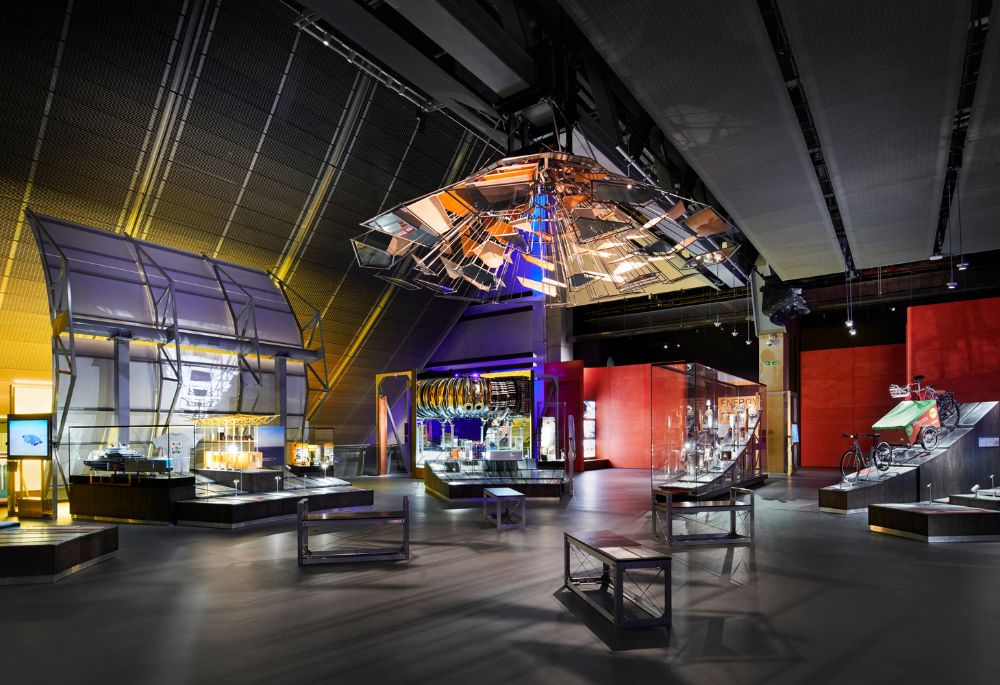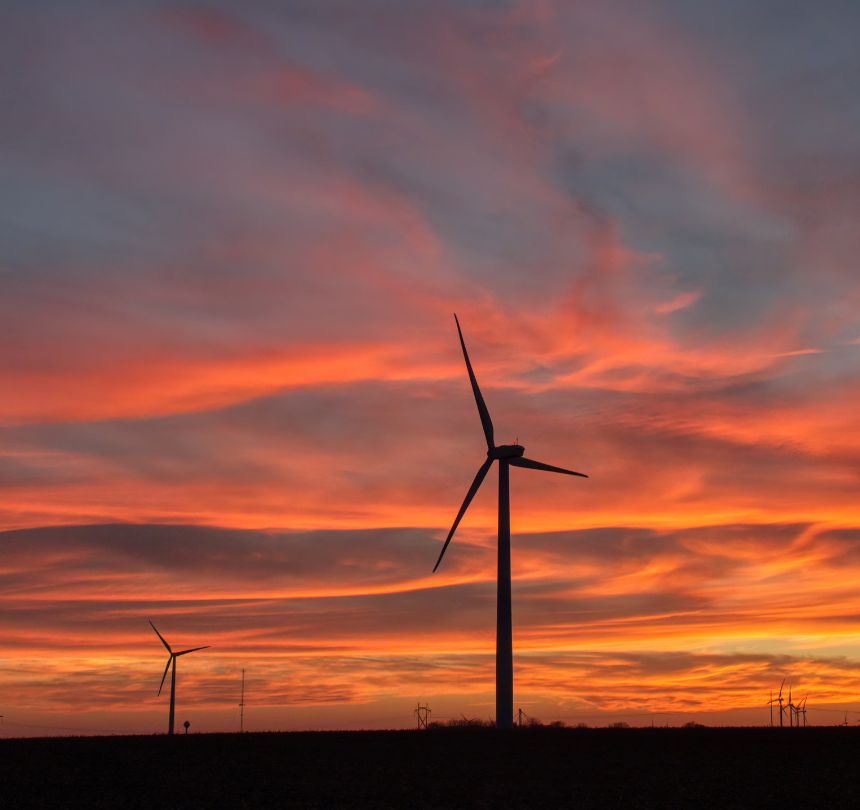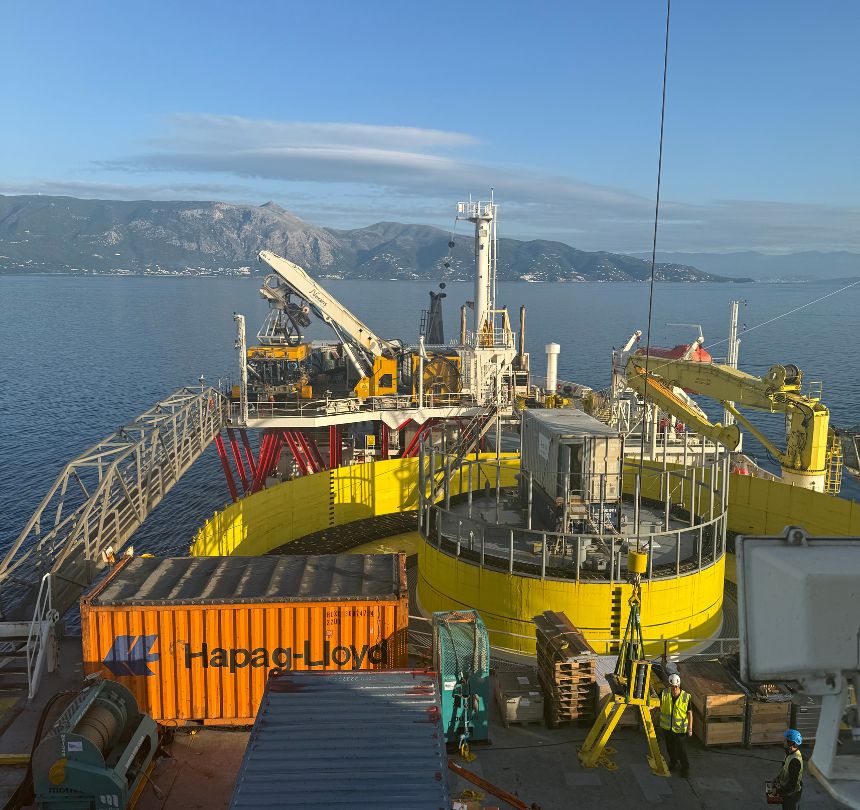The sample of the superconductor that is displayed in the Science Museum of London comes from the iconic AmpaCity project installed in 2014 in Essen, Germany. AmpaCity was one of the first projects that demonstrated the reliability of the HTS technology in real-life applications. When installed, it was the longest superconductor system in the world. Over the seven years of flawless continuous operation, AmpaCity project illustrated how superconducting technology could revolutionize electricity distribution by reshaping downtown power grids and freeing up high-value real estate.
Now part of the Science Museum Group’s national collection, Nexans’ superconducting cable is included in the new gallery and could later be featured in temporary displays around the world or used for academic research and study. The Science Museum’s landmark Energy Revolution gallery showcases the technologies used in the fastest energy transition in history, driven by the urgency of curbing climate change.








